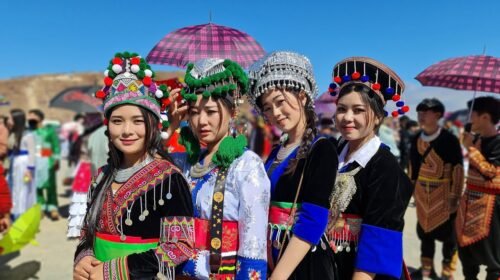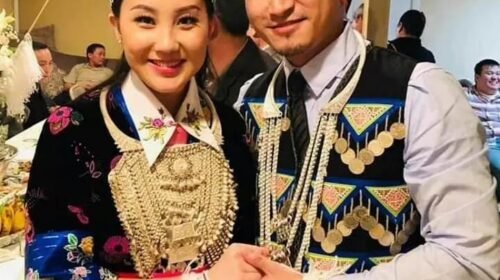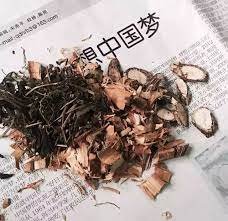The cultural tapestry of Thailand is rich and varied, with numerous ethnic groups calling this Southeast Asian nation home. Among these is the Hmong community, whose unique customs, traditions, and history make them a vibrant part of Thailand’s diverse social landscape. Let’s delve deeper into understanding the Hmong ethnic group in Thailand.
Origins and Migration:
The Hmong, also known as the Meo in Thailand, trace their origins to the mountainous regions of southern China. Over centuries, political unrest, economic hardships, and the search for arable lands led them to migrate southwards into countries like Vietnam, Laos, and Thailand. Today, the Hmong primarily inhabit the highland areas of Northern Thailand, particularly in provinces like Chiang Rai and Chiang Mai.
Language and Literature:
The Hmong language belongs to the Hmong-Mien linguistic family. There are variations in dialect depending on the region, but Hmong Daw (White Hmong) and Hmong Njua (Green/Blue Hmong) are the two primary dialects spoken. While traditionally an oral culture, the Hmong have, over time, developed their own script, which is now used in literature and educational materials.
Traditions and Lifestyle:
- Agriculture: Predominantly farmers, the Hmong practice shifting cultivation. They are particularly renowned for their expertise in growing high-altitude crops like cabbages, strawberries, and opium (though the cultivation of the latter has seen significant reduction due to government intervention).
- Clothing: Hmong clothing is vibrant and distinctive. Traditional garments are heavily embroidered with geometric patterns. The colors and designs can signify which sub-group of the Hmong one belongs to or marital status.
- Festivals: The Hmong New Year is the most significant cultural celebration, filled with music, dances, traditional games, and rituals. It’s an occasion for socialization and courtship among the young.
- Religion and Spirituality: The Hmong follow animistic beliefs, with rituals playing a crucial role in daily life. They believe in a multitude of spirits and often employ shamanistic practices to cure illnesses, seek blessings, or communicate with the spirit world.
Challenges and Modernity:
With globalization and modernization, the Hmong community in Thailand faces numerous challenges. Land scarcity and government policies have impacted their traditional agricultural practices. The younger generation, seeking better economic opportunities, are increasingly migrating to urban centers, leading to a potential dilution of traditional customs.
However, there are concerted efforts to preserve Hmong culture. Touristic interest in Hmong villages, while a double-edged sword, has also allowed for economic development and a platform to showcase their traditions to a broader audience.
In Conclusion:
The Hmong people, with their rich traditions, resilient history, and vibrant culture, are an integral part of Thailand’s multi-ethnic identity. As Thailand continues to modernize, it remains imperative that communities like the Hmong are recognized, celebrated, and supported in preserving their unique heritage.
#3Hmoob #Hmong #Hmoob







Comment here
Bạn phải đăng nhập để gửi bình luận.